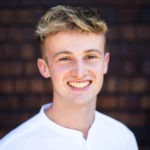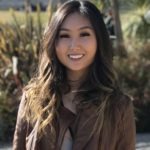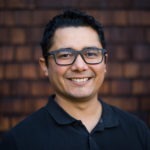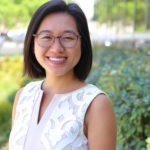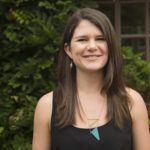Why Researchers Hope to Test High-Risk Groups in California
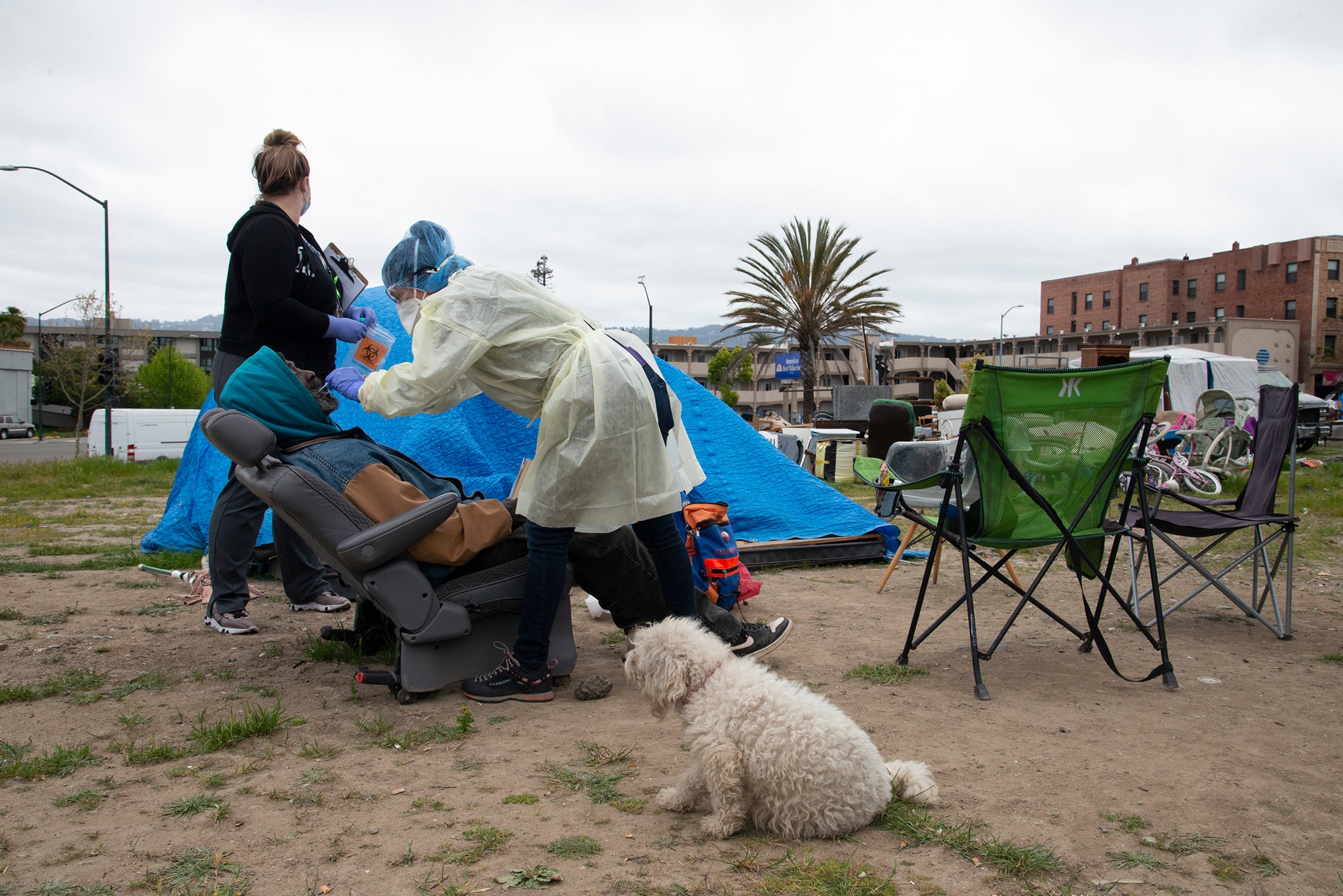
Diane del Pozo administered a test for Covid-19 to Ollie Harris at an Oakland homeless camp last month. His test was among the first in a new partnership between a local health clinic and U.C. Berkeley’s Innovative Genomics Institute. Pedro Cota
May 18, 2020
OAKLAND — In his 20 years in and out of homelessness, Ollie Harris, 69, has seen a lot of things. But what happened on a recent Friday was new.
Sitting outside his tent on a patch of ground he and his wife staked out near Lake Merritt, he watched a white van pull up and two women step out wearing surgical masks and latex gloves.
“Would you like to be tested today?” one of them asked. “I might as well,” Mr. Harris replied. A nurse quickly swabbed Mr. Harris’s nostrils and throat and then jotted down his information.
Mr. Harris was one of the first people tested under a new type of collaboration that has emerged as a distinctive feature in California’s fight against Covid-19.
So far at least six new testing initiatives are led by health experts at California’s top public and private universities. They aim to fill gaps in knowledge about the disease’s prevalence, unravel mysteries about survivor immunity and answer other looming questions as California begins to ease its lockdown.
Some universities are working independently, others in partnerships with county health departments and community clinics. Most are developing their plans on the fly as they race to get ahead of the fast-moving virus. So far, their work has raised as many questions as it has answered. But there have also been intriguing, if still tentative, findings.
The initiative that tested Mr. Harris, for example, has found just four positive cases out of the 233 homeless people it has tested so far. Another initiative found stark contrasts in infection rates based on whether a person was able to work from home or not. Other university-led studies suggest California remains a long way off from achieving the sort of herd immunity that would slow the virus’s transmission from a gallop to a crawl.
[See which California counties have the most coronavirus cases.]
The university health experts leading these efforts said they acted to fill a void. Eva Harris, an infectious disease specialist at the University of California, Berkeley, said that watching the virus spread around the world while bickering government leaders hesitated to act was like witnessing the Titanic speeding toward the iceberg. “We finally just said, ‘OK, it hit,’ and still nothing happened, so we need to get involved,” she said.
While governments at every level and in every region of the United States have struggled to provide enough testing, California has been notably sluggish.
The first known Covid-19 death in the United States happened on Feb. 6 in Santa Clara County. Three months later, government testing in the state remains spotty, in part because of its decentralized and tangled network of test providers spread across a population of 40 million. While California now conducts more than 30,000 tests per day — compared with a few hundred a little more than a month ago — only 26 of every 1,000 Californians have been tested, ranking the state 26th in the nation.
Among the vast numbers of the untested are many high-risk groups, but none more so than the 150,000 homeless people living throughout California. Their encampments, often crowded and lacking basic sanitation, could provide a place for the virus to flourish or rekindle.
One of the most aggressive efforts currently underway to examine the extent of infection in homeless encampments is being led by the Innovative Genomics Institute, a biochemistry lab at the University of California, Berkeley, best known for its work at the forefront of the CRISPR gene-editing process, and Lifelong Medical Care, a community health center also based in Berkeley. The two have begun expanding testing to low-income and homeless populations in Alameda County, including the test given to Mr. Harris at the Lake Merritt camp.
The institute offered Lifelong high-speed automated processing of 5,000 tests, with more to come. Lifelong, which serves about 66,000 patients, had performed fewer than 300 diagnostic tests before the partnership.
“If we can’t help the vulnerable, what are we doing?” asked Fyodor Urnov, the institute’s scientific director for technology and translation.
Not far from Dr. Urnov’s office on the Berkeley campus, two professors in the School of Public Health have teamed up for a different kind of study. Dr. Harris, the infectious disease expert, and Lisa Barcellos, a genetic epidemiologist, are investigating the infection’s spread throughout the Bay Area.
They are testing thousands of residents to look for the presence of active Covid-19 virus as well as antibodies in the blood. This could reveal patients who were exposed but never showed symptoms, and it could also shed light on how widespread the disease truly is in California.
The University of Southern California and Stanford University recently released preliminary results of their own antibody studies estimating that between 2 percent to 5 percent of the populations of Los Angeles County and Santa Clara County have been infected, higher than previously believed, but also a potential indicator that California is far away from achieving any possible herd immunity.
However, both studies continue to draw attacks over unconventional methodologies, including the use of a test kit that is not approved by the Food and Drug Administration.
As first reported by BuzzFeed News, the Stanford study is now under scrutiny for not disclosing a potential conflict of interest.
One of the larger testing efforts comes from the University of California, San Francisco’s Division of Infectious Diseases, which, in collaboration with community organizations and local health departments, recently concluded testing of nearly 5,000 people in two different communities — the largely upscale oceanfront town of Bolinas in Marin County, and the Mission District in central San Francisco.
The two studies used diagnostic and antibody tests to understand how the virus moves through rural versus urban populations.
U.C.S.F. chose the Mission because the community’s Latinx population was hit hard in the initial outbreak. Bolinas became part of the university’s research focus when two of its residents, Cyrus Harmon, a biotech executive, and Jyri Engeström, a venture capitalist, proposed to get every person in their town tested. When they consulted U.C.S.F. for guidance, they were brought into the university’s Covid-19 testing program for comparison with the Mission study.
Initial results released in early May correlate the highest infection rates to low-wage and essential workers who, for economic reasons, have no choice but to work outside the home.
Of the 2,959 people tested in the Mission, 62 tested positive. Of those who tested positive, 90 percent said they were unable to work from home and nearly as many said they earn less than $50,000 a year. Ninety five percent of those who tested positive were Latinx, although only 44 percent of the overall sample were Latinx.
Of the 1,845 people tested in Bolinas, none tested positive.
“The virus exploits pre-existing vulnerabilities in our society,’’ Diane Havlir, a physician involved in the U.C.S.F. study, said.


